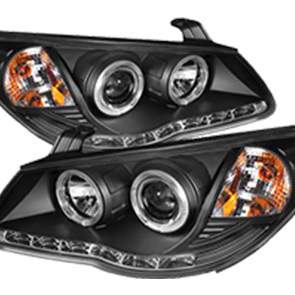Understanding the Impact of Hand Brake Lines on Vehicle Performance and Safety
Understanding the Hand Brake Line Importance, Function, and Maintenance
The hand brake, also known as the parking brake or emergency brake, is an essential component of a vehicle’s braking system. Among its critical parts is the hand brake line, a cable that connects the hand brake lever to the brake mechanism at the rear wheels. Although often overlooked, the hand brake line plays a significant role in ensuring the safety and functionality of your vehicle.
Function of the Hand Brake Line
When the driver pulls the hand brake lever, the hand brake line transmits this action to the rear brake shoes or calipers, depending on whether the vehicle uses a drum or disc braking system. This engagement applies a force that locks the rear wheels, preventing the vehicle from rolling, especially when parked on an incline. The hand brake line is designed to withstand considerable tension and flexing over time as it facilitates this critical function.
Moreover, the hand brake functions as an emergency measure in case the primary braking system fails. The reliability of the hand brake line can mean the difference between a controlled stop and a potential accident. Thus, understanding its importance directly relates to overall vehicle safety.
Signs of Hand Brake Line Problems
Like any other component, the hand brake line can suffer wear and tear over time. Regular inspections are essential to identify potential issues before they become serious. Drivers should watch for signs such as
1. A Loose or Spongy Brake Lever If the hand brake lever feels loose or requires excessive pulling to engage, this may indicate a problem with the hand brake line. 2. Difficulty in Engaging the Brake Struggling to pull up the hand brake lever could mean that the line is frayed or damaged.
3. Unusual Noises If there are pops, snaps, or grinding sounds when applying the hand brake, it could suggest that the hand brake line is rubbing against other components or has become detached.
hand brake line

4. Visible Damage Cracks, frays, or corrosion on the brake line itself should be investigated by a professional mechanic.
Maintenance Tips
To ensure the longevity and reliability of your hand brake line, consider the following maintenance tips
- Regular Inspections Include the hand brake system in your routine vehicle inspections. Look for wear and tear, rust, or any visible issues with the hand brake line. - Adjustments The hand brake may require periodic adjustments to maintain proper tension and function. Check your vehicle’s manual for specific instructions and intervals.
- Professional Servicing If you notice any signs of damage or if the hand brake does not seem to function correctly, have it checked by a qualified mechanic. They can assess the hand brake line and replace it if necessary.
- Use the Hand Brake Regularly Engaging the hand brake regularly can help keep the components lubricated and in good working order. This is especially important for vehicles that are parked for extended periods.
Conclusion
The hand brake line is a critical but often overlooked component of your vehicle’s safety system. Understanding its function and the importance of maintenance can help prevent potential issues and ensure the hand brake performs effectively when needed. By paying attention to signs of wear, conducting regular inspections, and knowing when to seek professional help, you can keep your vehicle safe and reliable. Prioritizing the care of your hand brake line is not just about compliance; it’s about safeguarding you and your passengers on the road.
-
Workings of Clutch Pipe and Hose SystemsNewsJun.04,2025
-
The Inner Workings of Hand Brake Cable SystemsNewsJun.04,2025
-
The Secrets of Throttle and Accelerator CablesNewsJun.04,2025
-
The Hidden Lifeline of Your Transmission Gear Shift CablesNewsJun.04,2025
-
Demystifying Gear Cables and Shift LinkagesNewsJun.04,2025
-
Decoding Clutch Line Systems A Comprehensive GuideNewsJun.04,2025
